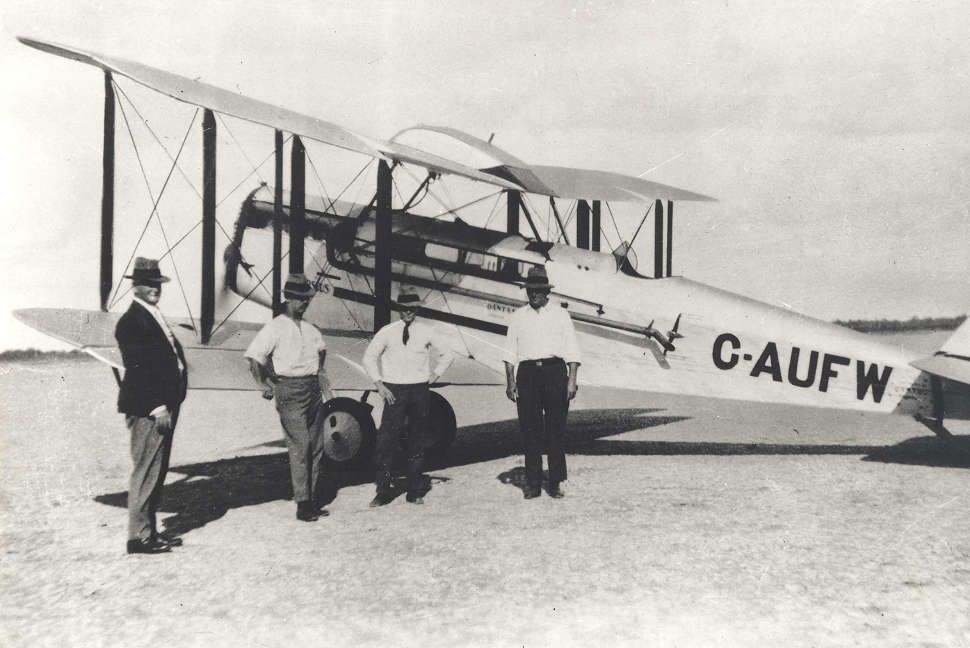Joby Aviation selects Dayton, Ohio for first scaled manufacturing facility
Santa Cruz, California and Dayton, Ohio, September 18, 2023 — Joby Aviation, Inc. (NYSE: JOBY), a company developing electric vertical take-off and landing (eVTOL) aircraft for commercial passenger service, today announced it plans to locate…

